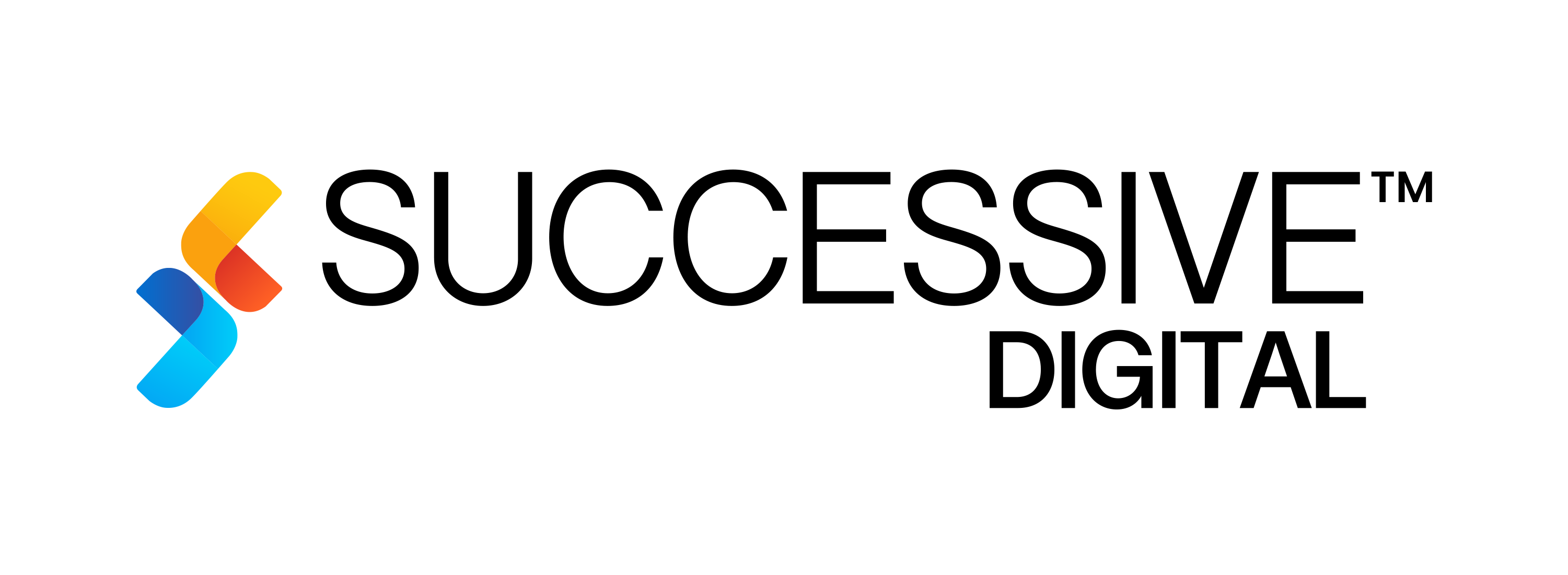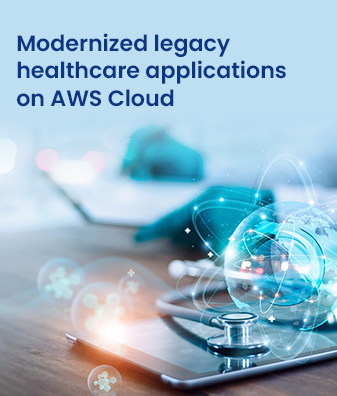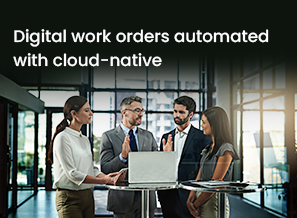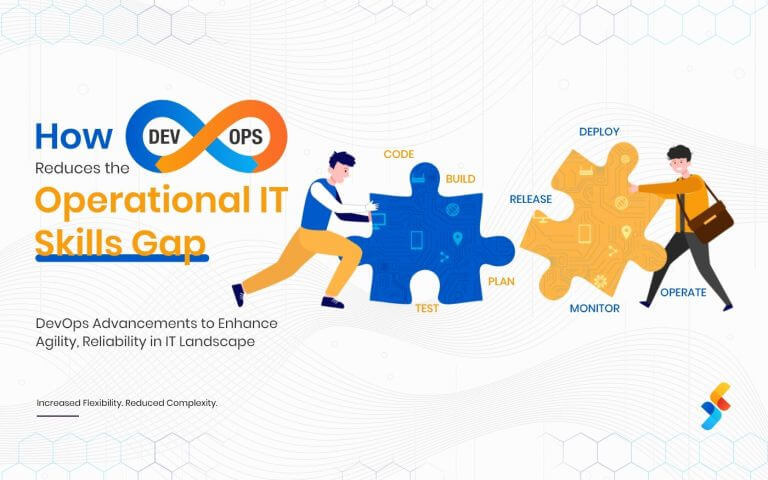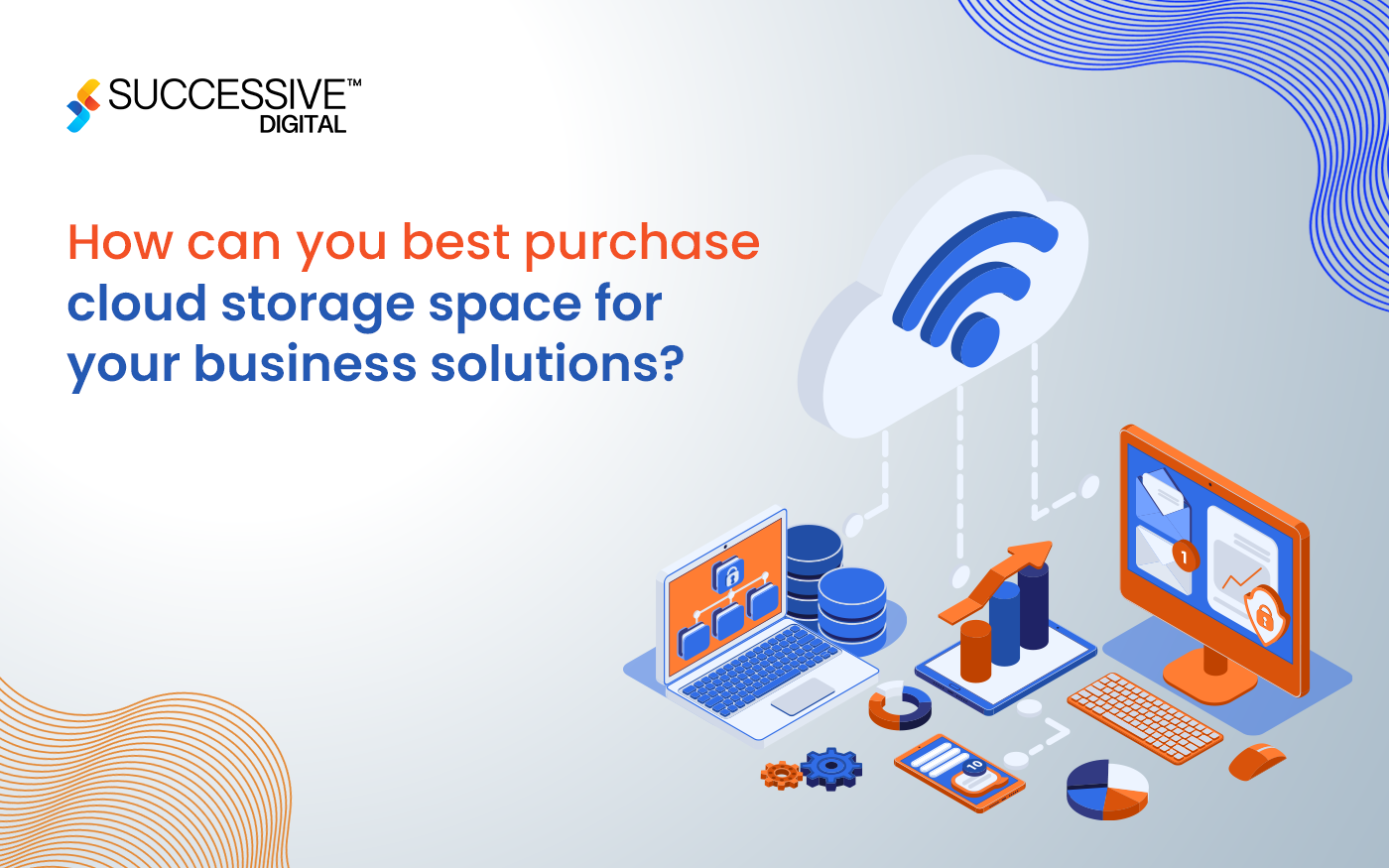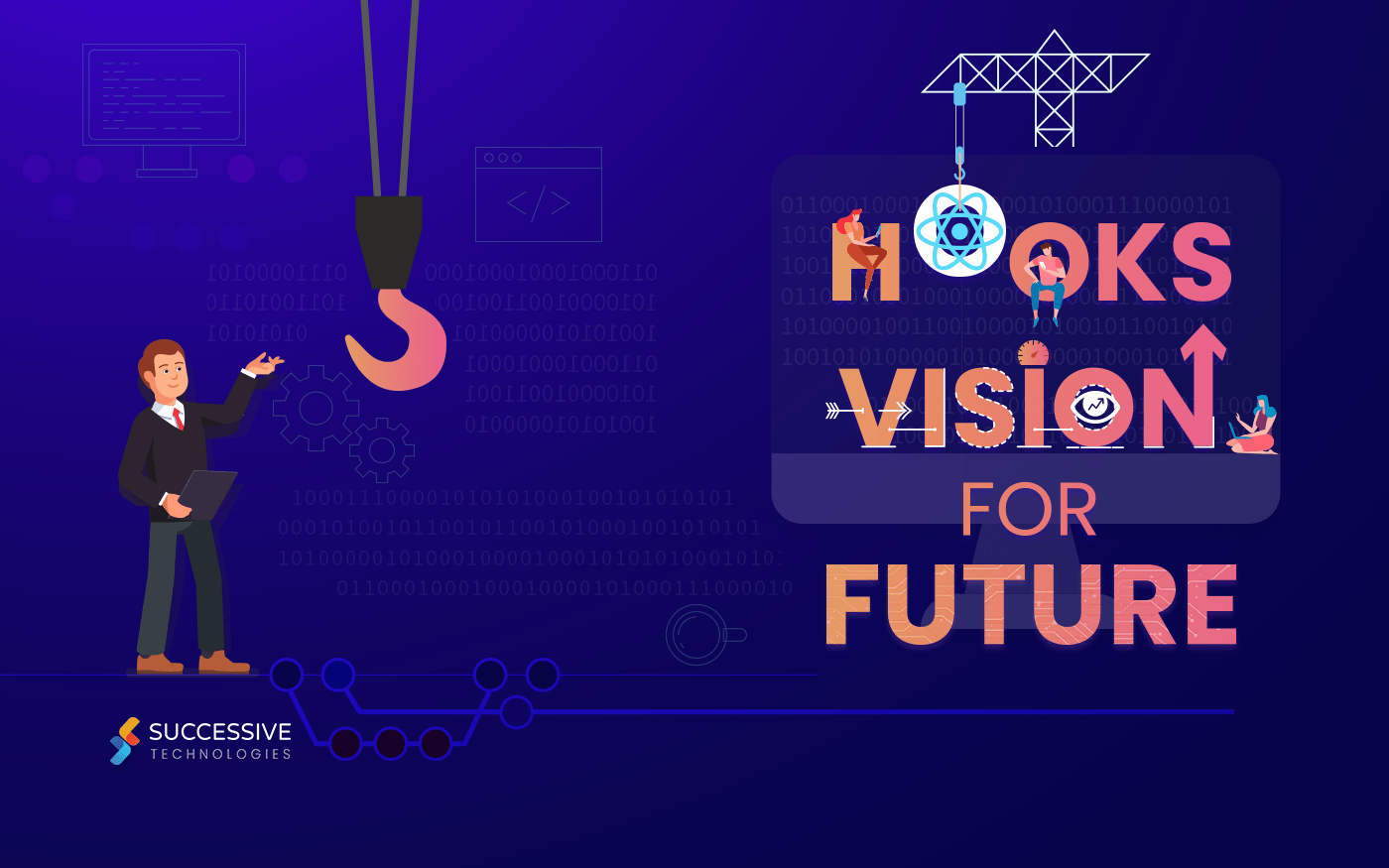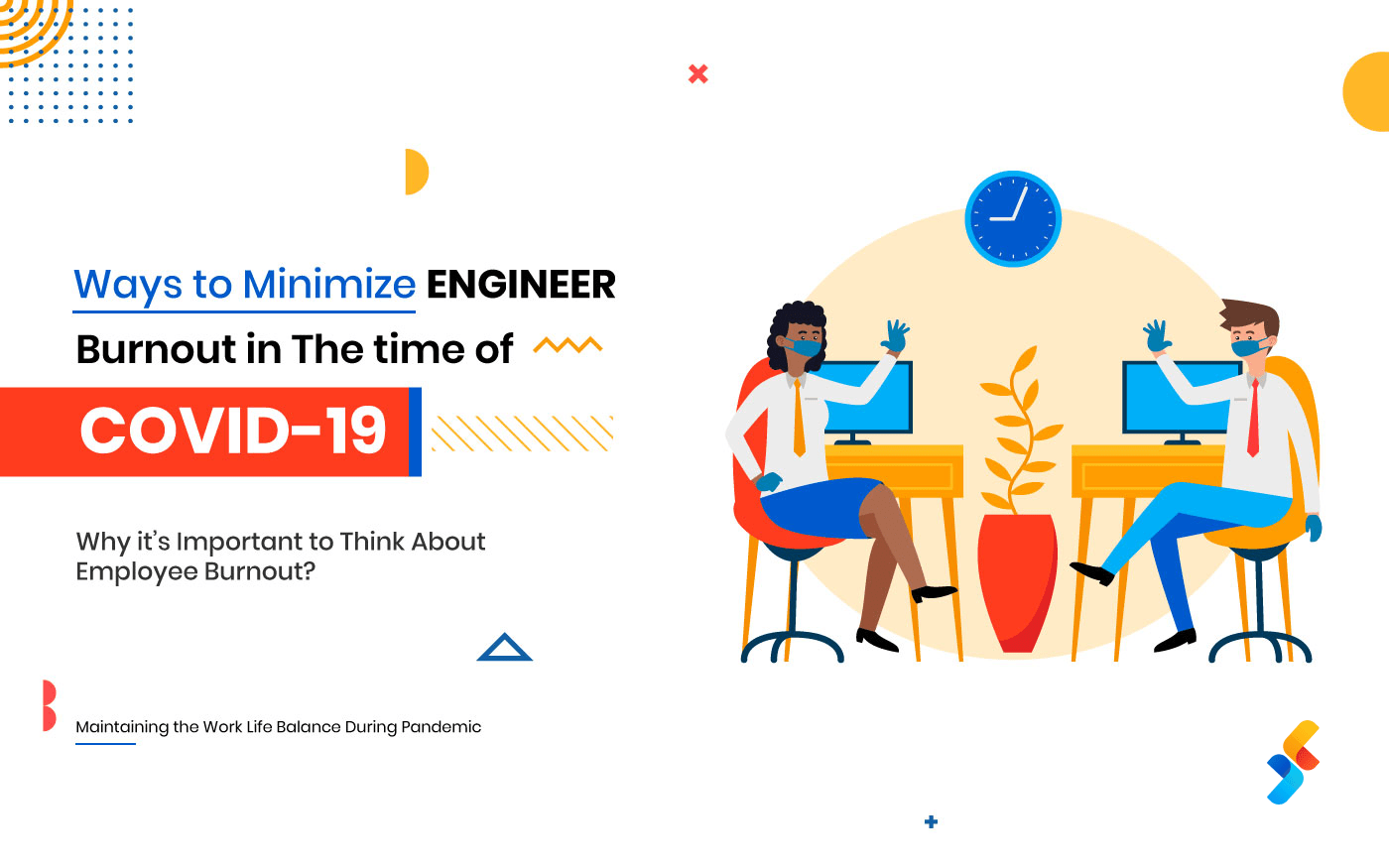As enterprise software ages, it also becomes more expensive. With new features being added and other changes being made over time, the complexity of the codebase continues to grow, causing maintenance costs to spike as well.
Staff turnover also has its impact. Inheriting complex code with missing or poor documentation and a steep learning curve is bound to cause software maintenance teams to struggle.
And in today’s market, with sky-high customer expectations and tight deadlines, there might also be corners cut during the initial development phase, leading to technical debt that adds an additional layer of complexity to all of the above. An ever-growing amount of customer data means IT teams face increasing difficulties in maintaining and expanding software functionality.
This means enterprises end up with applications that have several flaws:
- Complicated or redundant legacy code with poor or no structure
- Incompatibility with new technologies, devices, applications, and operating systems
- Inability to add new features and customizations
- Slow performance, frequent errors and crashes
- Poor compliance with modern regulations and security vulnerabilities
- A convoluted deployment process involving significant manual effort
- Large effort required for testing and debugging
- Lack of scalability
- High cost of maintenance, high total cost of ownership, and potential lost revenue
All software reaches end-of-life (EOL) at some point due to some combination of these limitations. But there’s a way to avoid all this and extend the life of your software: legacy application re-engineering.
What is application re-engineering?
Software re-engineering can cover anything from improving an existing software application to moving the application to a new platform, to modifying parts of the architecture or data structure. When required, it can even involve a complete rewrite of the application as a whole.
This is all done keeping certain key software design principles in mind — in order to deliver value to the business, any software application should be as modular as possible and easy to maintain. It should also be extensible and scalable.
When it’s done right, software re-engineering yields many impressive benefits.
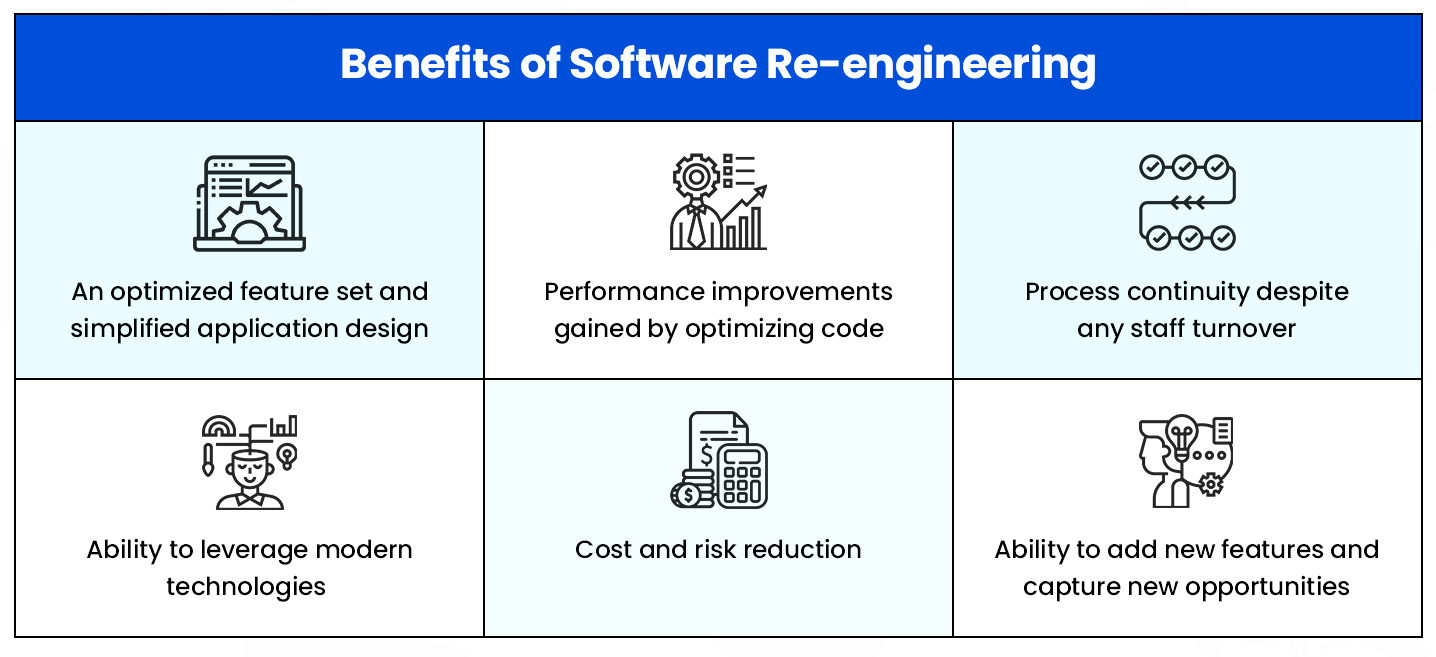
How is software re-engineering done?
There are several different approaches you can take to re-engineer an existing software application. Let’s take a look at these, as well as some of the key steps involved in this process.
1. Assessment
The first step in the re-engineering process consists of taking a complete inventory with a detailed description of all business applications in use. These should be sorted by business criticality, longevity, and maintainability.
The goal of this stage is to understand how the software is being used, what are the main drivers for the modernization, and to understand the vision for the re-engineered application or stack.
This assessment can also be helpful in understanding the return on investment that can be expected from modernizing legacy applications.
Also Read: Node.js vs. Go: Which Should You Choose for Backend Development?
2. Reverse engineering
At this stage, the developers re-engineering the software will examine the source code and any existing documentation, and put together all the relevant information about the application design and specifications. This should also help them to identify any components that can be reused in the re-engineered application.
The main objective of this stage is to clearly understand the requirements as well as the best approach for re-engineering. Having all this information will help key stakeholders predict the success or failure of planned changes to the application and identify the best way forward.
3. System transformation
During this stage, the re-engineering team makes modifications to the application in one of three ways.
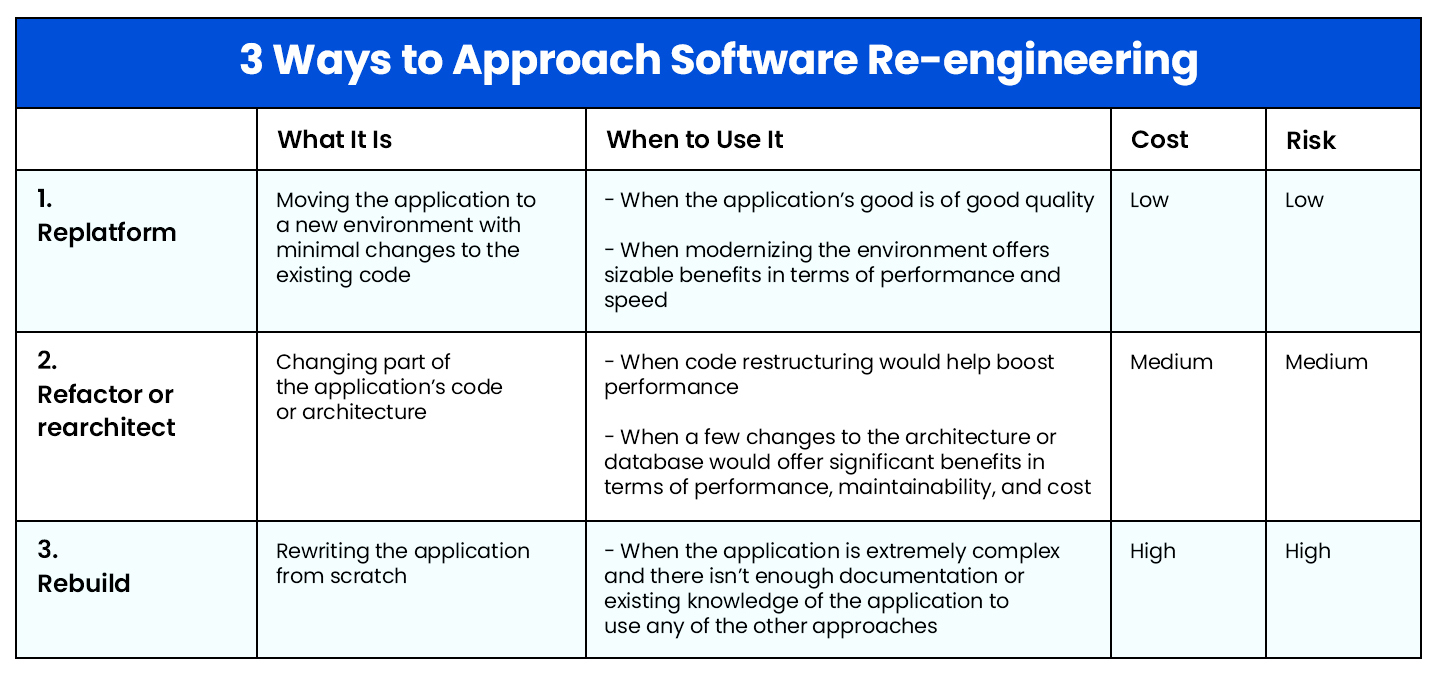
Replatform
Replatforming or lift and shift migration means moving the application as-is to the cloud or new platform or environment. For example, an on-premise application might need to be moved to a cloud platform such as AWS, Microsoft Azure, or GCP to improve its performance, speed up time to market, and bring down operational costs.
This approach is useful when the application’s code is of relatively good quality and performance is being impacted by the application’s environment. It involves minimal changes to the code and functionality and is the fastest and least expensive method of re-engineering your application. It is also the least risky and offers great short-term benefits.
However, for applications that are mainly custom-built or which also have other challenges with code quality, this method might not provide an adequate long-term solution. It also doesn’t help eliminate any errors that already exist in the application.
Refactor or rearchitect
Code refactoring can involve code restructuring and modularization to improve performance and maintainability.
On the other hand, rearchitecting all or part of the application could involve activities like breaking down a monolithic application into a distributed microservices architecture, or migrating data to a modern database or multiple database systems.
Refactoring and re-architecting your application can help drastically reduce maintenance effort, improve performance, and lower costs.
But without sufficient documentation or IT staff familiar with the legacy application, the re-engineering team might face challenges. In such cases, refactoring might not yield the results needed within a reasonable time frame, and it may be important to consider another approach.
Must Read: 7 Reasons Why Node.js Is Perfect for Enterprise Development
Rebuild
Rebuilding an application from scratch begins with rethinking the business requirements altogether. This can be a useful approach for complex applications without adequate documentation or proper architecture.
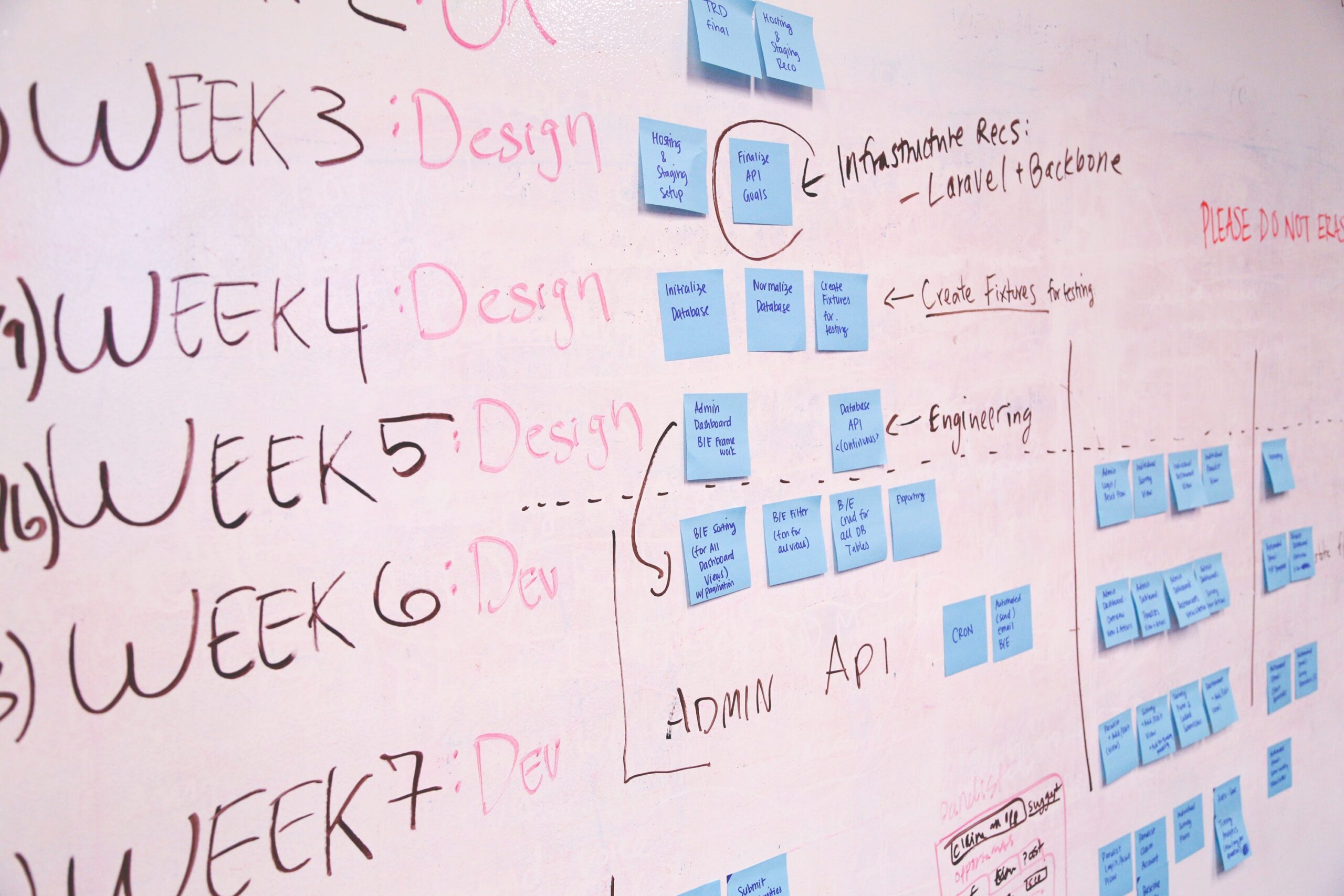
Executed well, this approach can help yield higher code transparency, much better performance, reduced maintenance costs, and a future-proof application. But it can also be a complex, high-risk endeavor with huge costs and an unclear ROI.
However, implementing methodologies like test-driven and behavior-driven development and CI/CD (continuous integration, continuous delivery, and continuous deployment) can help reduce some of these risks and maximize your chances of success.
Also Read: Role of DevOps in the Software Development Process
4. Implementation
Once the application has been modified, it’s time to implement it and make sure that it works well within the existing ecosystem of tools and applications. The re-engineering team should thoroughly test the application to make sure that it meets all requirements.
5. Documentation update
Before handing over the application to end-users, it’s critical for the re-engineering team to update all the documentation, especially for any critical applications. They should ensure that there are detailed READMEs available and the business context is presented in a clear and easily understandable manner.
Focus on business-critical aspects to maximize ROI
Application re-engineering is an effort-intensive activity that often goes wrong. There are a lot of factors that work together to determine whether your re-engineering project will be successful or not: the availability of highly skilled developers for software re-engineering, the availability of management support, the ability to manage unpredictable costs, and more.
However, the point of any software re-engineering activity is not to try to achieve perfection but to create a strong foundation for the future. To do this, make sure you prioritize re-engineering the business-critical aspects of your application rather than focusing on components that deliver less value.
A good way to make sure you’re starting off on the right track is to enlist the help of a qualified technology partner. Experienced service providers will follow a step-by-step process to minimize risk, making only necessary changes and documenting everything along the way. They’ll also communicate clearly with all stakeholders so that you clearly understand the decisions before you and the right steps to take at each turn.
Read Next: 5 Ways Agile and DevOps Helps Drive Digital Transformation

